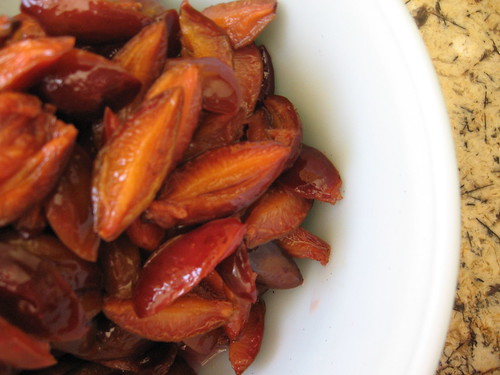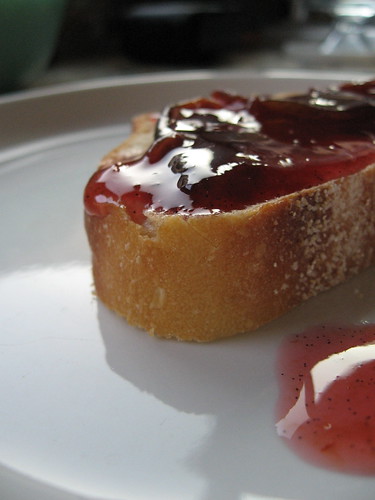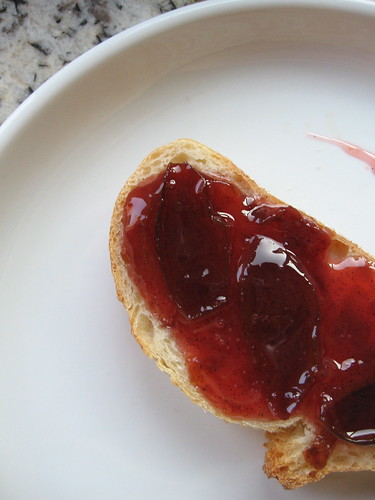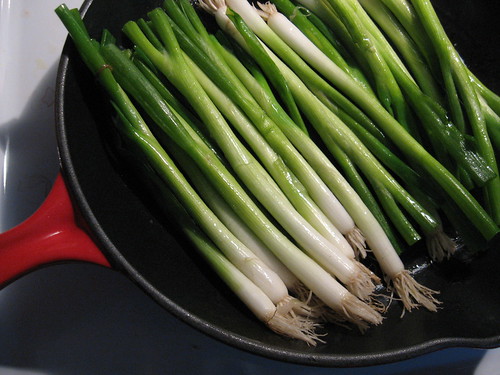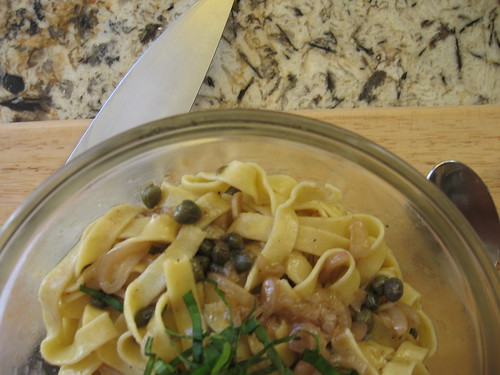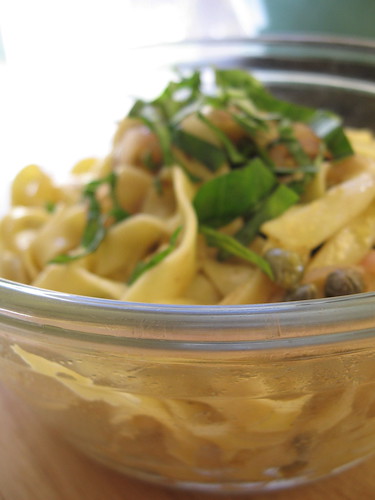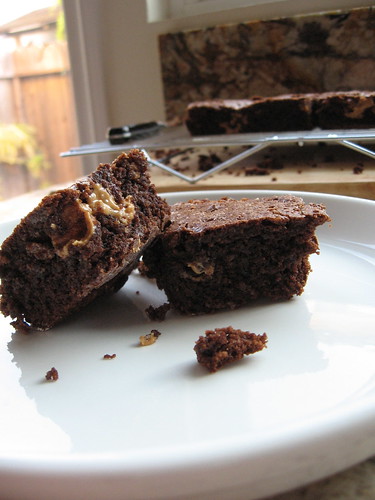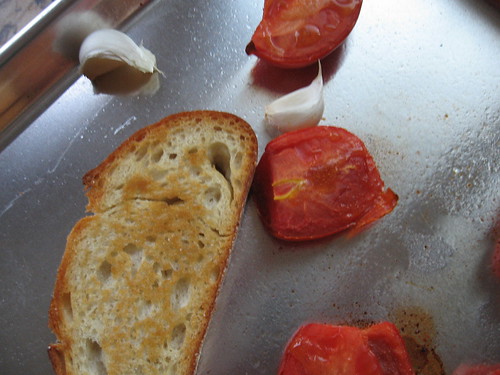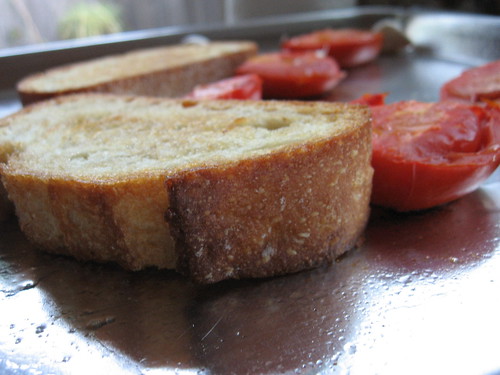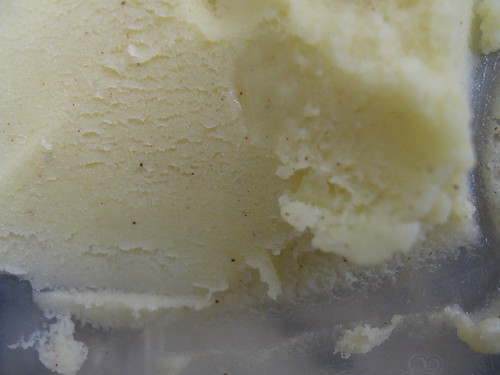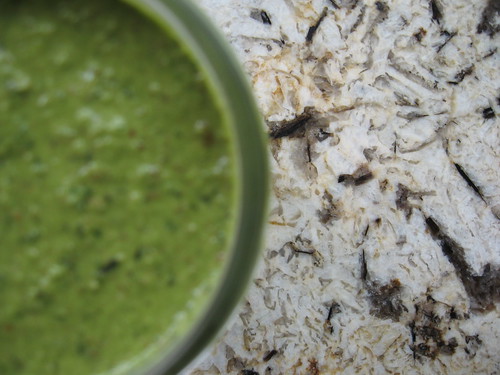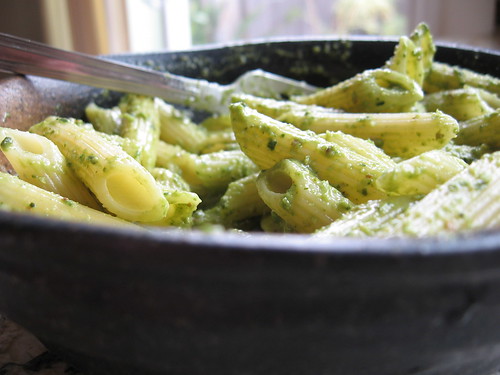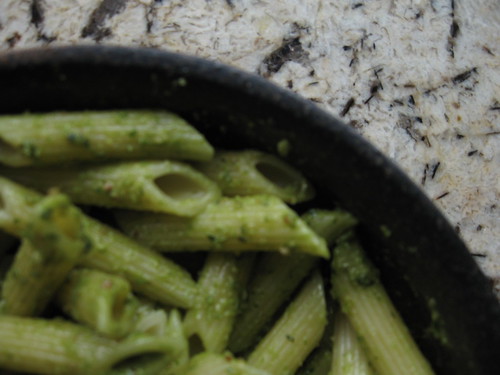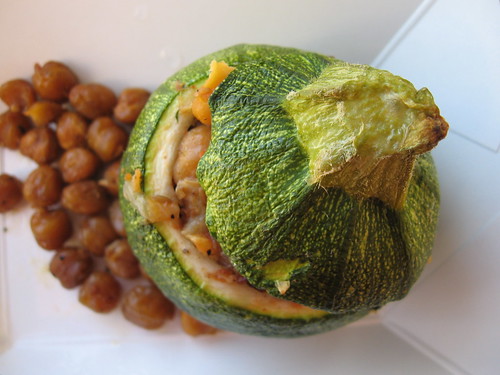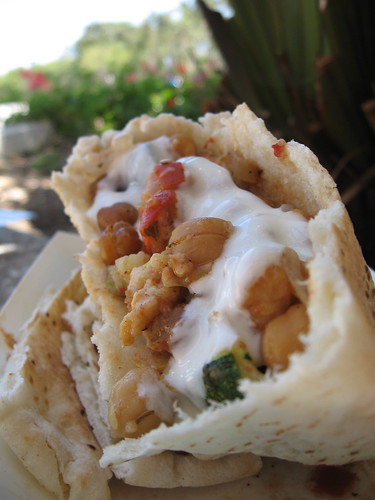I think I've determined the best way to have a dinner party: hold it at someone else's house. I didn't have to deal with pre-party cleaning, had a minimal amount of after-party dish washing, and someone else did the majority of the shopping, too!
Dinner was, for the most part, a smashing success. We chopped mountains of onions and piles of potatoes; I coughed and cried as I pounded masalas in the mortar; we cooked, washed the pots, and then cooked some more. A half-dozen dishes were duly made and devoured, with leftovers for us, our cousins (the official hosts), and even a few lucky guests.
I do want to share a recipe or two from the party - the lamb vindaloo, in particular. The meat was tender and juicy, the broth spicy, tangy, and a wee bit sweet. Unfortunately, my photos from the party are being held hostage on my cousin's camera.
Instead, in honor of the perfect party we had this weekend, I will be sharing
my adaptation of Dorie Greenspan's Perfect Party cake. The cake is light, fluffy, and flavorful; the icing is rich, but not overbearing; the raspberry filling adds a little zing. It is also impressive - four layers that slice perfectly and stand to attention on the plate.
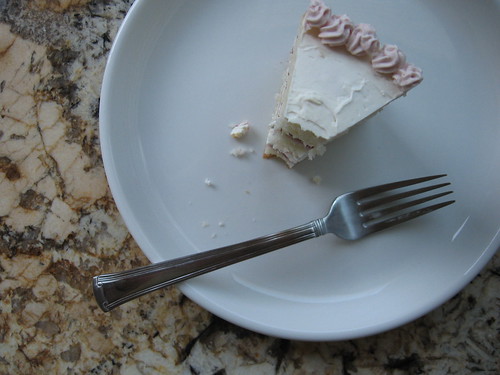
Of all the things to love about this cake, my favorite was the smell when the layers were turned out of the pans - the butter browns between the pan and the parchment, releasing its nutty perfume. That smell is reason enough to make this cake again. I already have about a half-dozen adaptations for this cake: lemon curd! almonds! spices! The options are endless.

The flavors of this cake are delicate, so the best quality products really do make a difference. Use the best lemon extract and raspberry jam you can find, and I highly recommend splurging for organic or unsprayed lemons, to reduce the chemical aftertaste on the zest.
Raspberry-Lemon Party Cake
The stand or hand mixer provides the lightness of the crumb, but if you have a strong arm, you could probably make it without. Also, the times I list are estimates based on my own experiences, and differed from the original recipe. Depending on your mixer, ingredients, and luck, these times may vary, so be vigilant.
Cake
2 ¼ cups cake flour
1 tablespoon baking powder
½ teaspoon salt
1 ¼ cups buttermilk
4 large egg whites
1 ½ cups granulated sugar
1 tablespoon lemon zest (from 1-2 lemons)
½ cup (1 stick) unsalted butter, softened
¾ teaspoon pure lemon extract
Buttercream
1 cup granulated sugar
5 large egg whites
1 ½ cups (3 sticks) unsalted butter, completely softened
¼ cup fresh lemon juice (from about 2 lemons)
1 teaspoon pure vanilla extract
¼ pure lemon extract
Assembly
about ⅔ cup seedless raspberry preserves (or 1 cup with seeds - see below)
For the cakes
Center a rack in the oven and set the temperature to 350ºF. Butter two 9 inch cake pans, line with parchment paper, and butter the parchment. Put the pans on a large baking sheet and set aside.
Sift together the flour, baking powder, and salt. Whisk the egg whites and buttermilk briefly in a medium bowl, until the whites are broken up. Set aside.
In a large bowl, mix the sugar and lemon zest with your fingers until moist throughout and very fragrant (note: if I have extra zest on my lemon(s), I will do this with some additional sugar and place it in the fridge for sprinkling on fruit, scones, or using in
sablées). Add the butter and beat well with a stand or hand mixer at medium speed, until well mixed and very light (3 to 4 minutes).
Beat in the lemon extract, then add one third of the flour mixture. Beating at medium, alternate half of the egg mixture, another third of the flour, the remaining egg mixture, and the remaining flour, beating well to combine at each interval. Scrape the edges with a spatula, then beat for two full minutes.
Divide the batter evenly between the two cake pans and smooth the tops. Bake 25-35 minutes, until well risen and barely golden. This cake doesn't brown much, but it can become brown if overcooked, so test with a finger poke (it should be springy) and a toothpick.
Cool on racks in the pans for 5 minutes, then run a knife around the edges, unmold the cakes, and peel off the paper. Invert and cool right-side up.
To make the icing
Place the sugar and egg whites in a large heatproof bowl over a pan os simmering water. With a hand mixer at medium speed. beat constantly until hot to the touch, 5 to 6 minutes. The sugar should be dissolved and it should look like a shiny, thick foam. Remove from the heat.
Beat on medium speed until the meringue is well-cooled, 6 to 7 minutes. Add the butter one stick at a time, beating until smooth. (Note: the butter should be completely softened, like when you soften butter for cookies but then forget it for six hours in a reasonably warm kitchen)
Beat the buttercream on medium-high speed until thick and very smooth, up to 25 minutes. If it looks thin or curdles, keep beating until it comes together - I've heard of buttercreams taking up to 45 minutes of solid beating to come together, so if it looks like a failure, give it a good long time before you give up on it.
On medium speed, beat in the lemon juice a little at a time, then the extracts. The icing should be thick, shiny, and smooth. Cover with plastic wrap and set aside.
To assemble the cake
If you are using raspberry jam with seeds (I've yet to find a great-tasting seedless jam), warm it slightly or stir it well, then remove the seeds by stirring the jam vigorously in a sieve set over a medium bowl.
Split the two layers into four with a large bread knife, and carefully flatten one of the top layers, discarding the scraps. Spread a thin layer of preserves on the bottom layer of the cake, leaving at least ⅜ inch all around. Carefully spread about ¼ of the icing over the jam, taking care not to mix them. Gently top with the second layer and repeat, finally topping with the fourth layer. Cover the top and sides of the cake with the remaining icing.
If desired, reserve a small amount of icing and mix with some remaining seedless preserves to tint it; decorate as desired.
Serves at least 12 (easily 16 with small slices)
